Join the VIP Teacher Club!
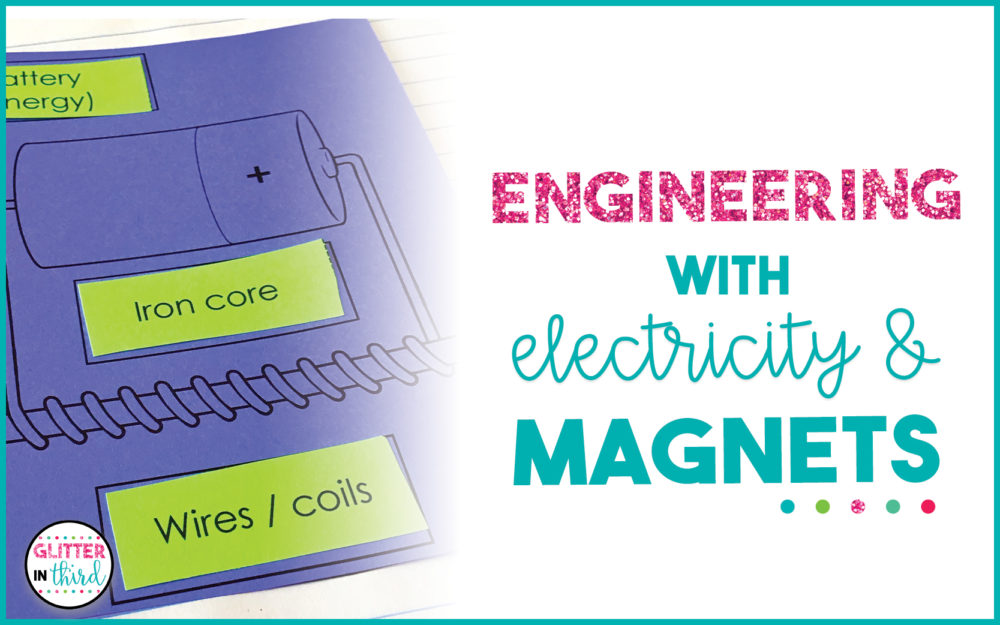
Need electricity activities? I’m so fascinated by all of the ongoing changes and additions to our science standards.
We’re teaching our students how to analyze and interpret data, investigate, participate in formal arguments, create models of their thinking, and just so many other areas that focus on developing critical thinking skills.
It’s amazing!
While our standards are definitely forward-thinking and incorporate so many areas of life skills, as the teacher, it can be challenging to create lessons and activities that always provide real-world experiences and scenarios for our students.
Electricity and magnetism is definitely one of those areas that really require real-world connections in order to make sense to our students.
I’ve created some simple resources I’d love to share with you that will provide those real-world experiences and will help build the foundation for a classroom full of engineers! 🙂
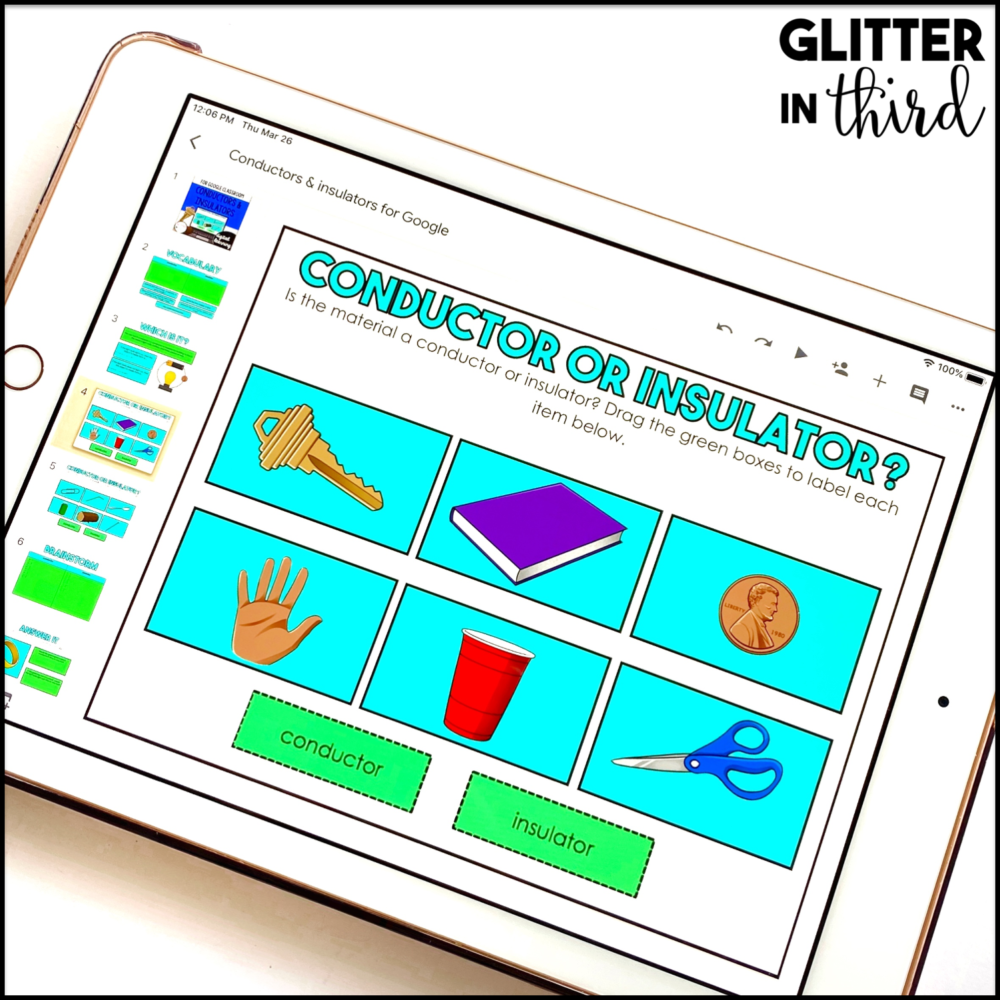
This bundle includes 5 different products to help you teach your electricity unit!
Some of the topics included are insulators and conductors, circuits, magnets and electromagnets, energy transformations, parallel and series circuits, as well as static electricity!
Students are given multiple different questions and activities such as drag-and-drop, short answer, vocabulary practice, and drawing different types of circuits.
The questions really concentrate on tying the learned information to real-world connections.
For example, an area of the Electrical Energy Transformation resource focuses on students identifying the energy transformation between an electrical outlet and a lamp or a stove.
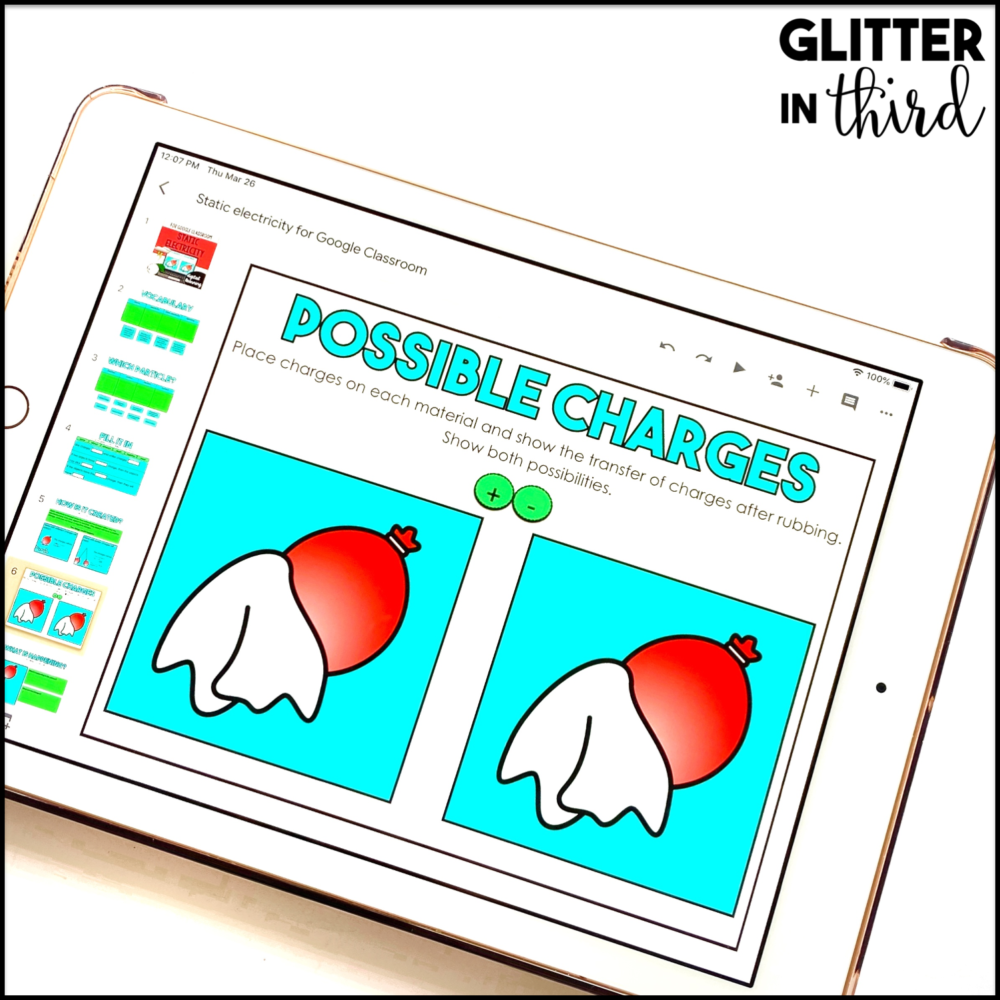
One area of the Electromagnets and Magnets resource focuses on comparing and contrasting the two, as well as identifying different objects around the house that are magnetic or not magnetic.
These topics can be tricky, but when we apply the information to relatable ideas and experiences, it’s so much easier for our students to make connections!
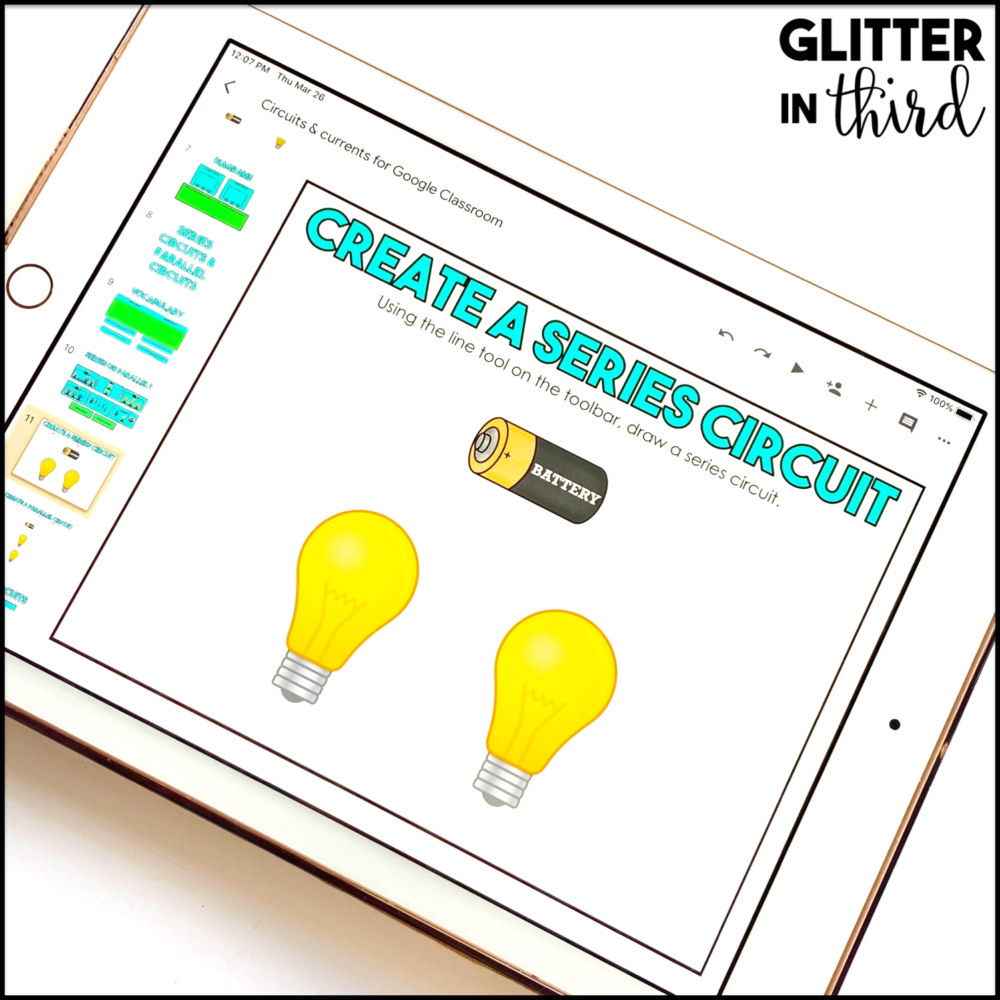
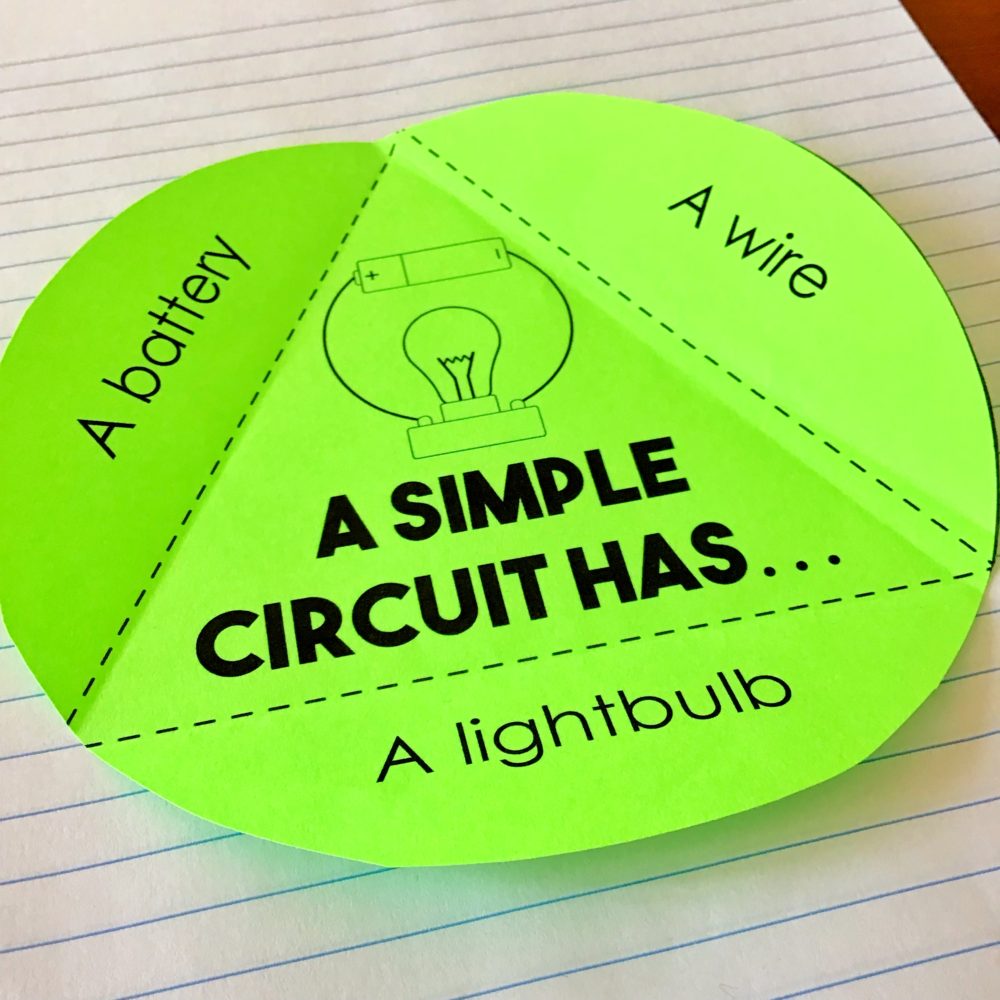
5 more products coming at you in this bundle! 🙂
These interactive notebooks also include the topics of circuits, conductors and insulators, electrical energy, magnets and electromagnets, as well as static electricity.
Similar topics as the Google Classroom bundle, but all completely different activities to add to your Electricity and Magnetism unit. Don’t forget these can be converted into digital activities, as well!
One of my favorite resources in this bundle is the Conductors and Insulators Notebook. I feel like this topic can be a challenging one for students to understand the difference between the two. This notebook gives examples and explanations for each meaning, brainstorming opportunities, as well as short answer questions for students to elaborate on their own thinking.
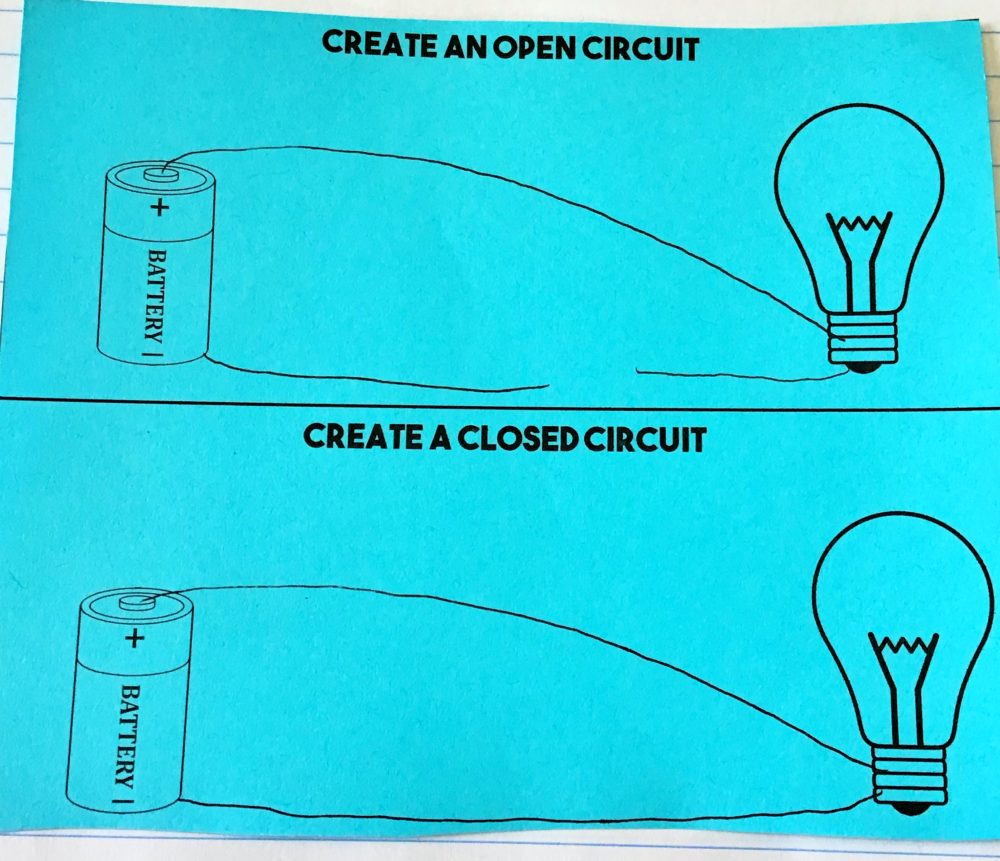
You can also conduct a short experiment with your students using this specific activity by building a circuit with a lightbulb, battery, and three pieces of wire.
This experiment will help with identifying the difference between an insulator and a conductor!
These interactive notebooks all come with answer keys, as well as differentiated options to best fit every students’ ability level.
One of my favorite electricity experiments that also incorporates STEAM learning is creating pipe cleaner circuits!
All you need is pipe cleaners (at least 2 per student), a small coin battery, 1 LED light, and a little duct tape for each student! Prior to this activity, be sure you’ve discussed with your students what a circuit is, as well as the difference between insulators and conductors.
Students will first need to remove some of the “fuzzy layering” from the pipe cleaner to expose the wires underneath. There will have to be enough exposed to be tied around the LED light.
Next, allow the students to create whatever shape or design they prefer. Maybe they can bend their pipe cleaners to resemble a flower, shamrock, or even an Easter egg!
Next, take the positive lead of your LED (it’s the longer lead of the two), and twist it around the end of one pipe cleaner. The other end of the pipe cleaner will be attached to the positive side of the battery. You can attach it with your duct tape! Following this, the other pipe cleaner will need to be attached to the negative lead of the LED on one end, and the other end will go on the negative side of the coin battery.
Your LED should be lit now! If it’s not, be sure to check all of your connections and ensure that the positive LED lead is connected to the pipe cleaner whose end is connected to the positive side of the coin battery, and vice versa with the negatives. You can make this activity more challenging by adding in more pipe cleaners to the design. Have a group discussion on what you would need to do in order to keep the circuit complete after adding multiple pipe cleaners!
They’ll be true engineers by the end of your activity and discussion. 🙂
Although it’s not an experiment to really study how electricity and magnetism occur, it’s an awesome way to tie magnetism into social studies!
Did you know dollar bills were magnetic? All you need for this experiment is a dollar bill and a magnet!
Fold a dollar bill in half and place it on a flat surface. Place your magnet right next to the ink on the bill, slowly pulling the bill up. This is a great way to get your students thinking about why having magnetized ink on money is a good thing (i.e. reducing counterfeiting).
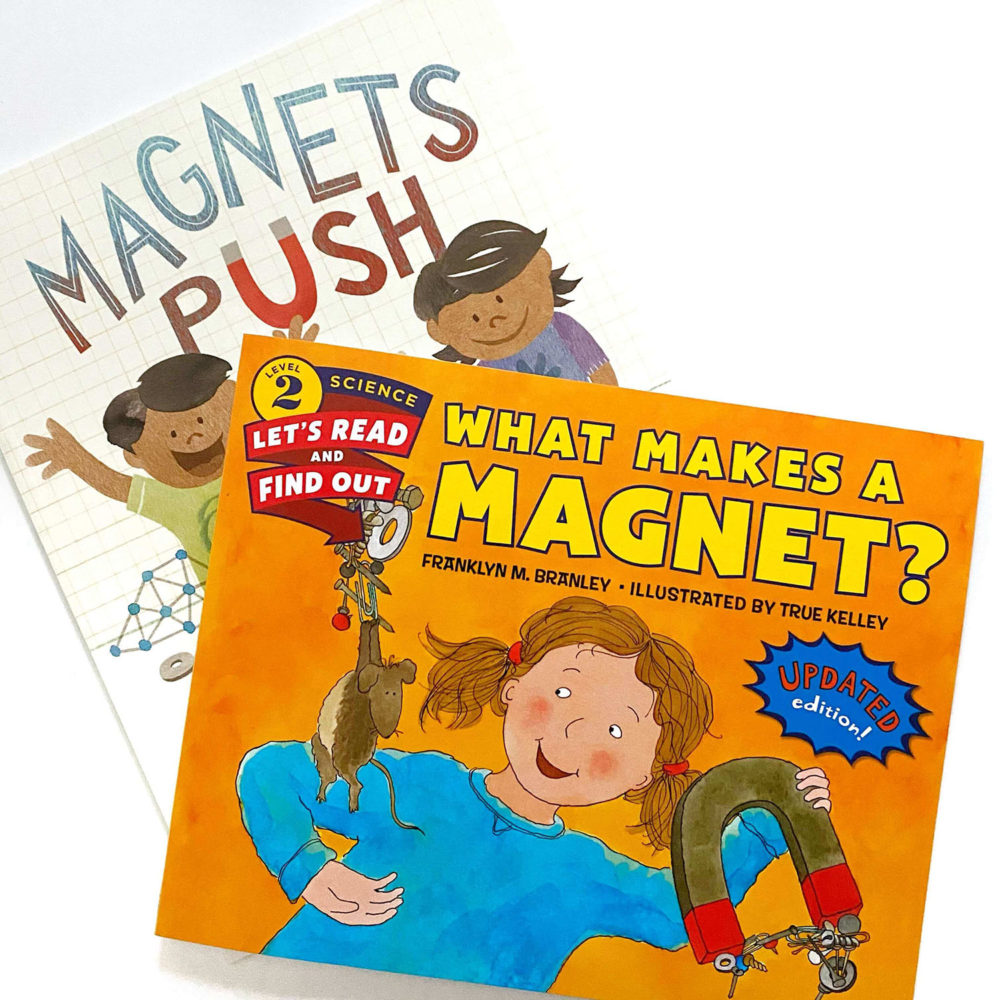
When teaching a challenging topic, sometimes the best thing you can do for your students is to give them a read aloud on the topic – Something light, fun, and relatable to help introduce or supplement your instruction.
Don’t ever discredit the power of a good read-aloud.
Here are a few of my favorites (Amazon Affiliate links):
I know teaching electricity and magnetism in engaging ways can be tricky. Sometimes it can take a lot of supplies and expenses! But I hope these resources help you plan an affordable, interactive, and engineer-building lesson! Enjoy! 🙂

Looking for a freebie for your science block?
Don’t forget to download my Reason for the Seasons activity!
Leave your deets below to get it sent immediately to your inbox!
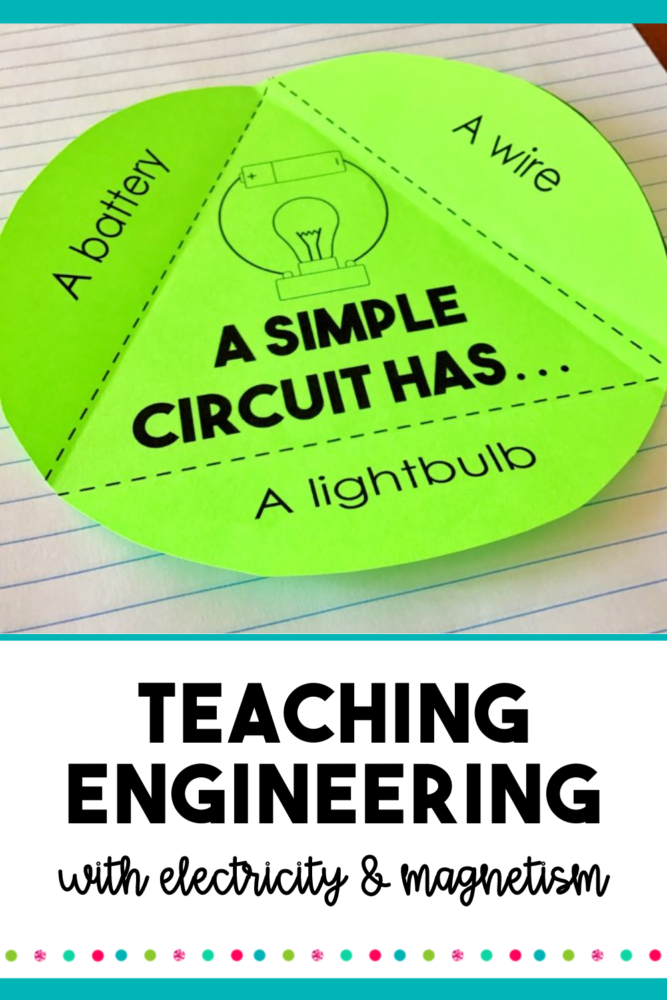
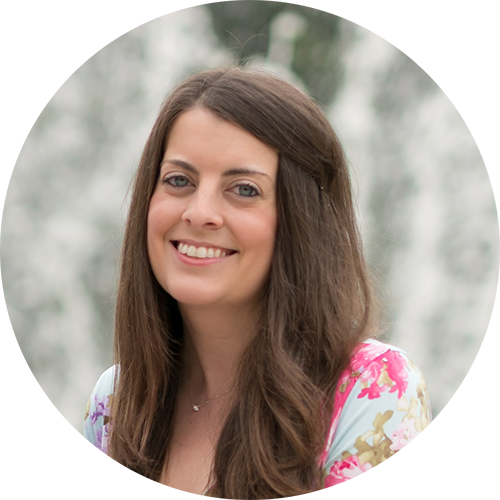
Hey there, I’m Kelly! I I love helping teachers save time with technology and resources so they have more hours in the day to spend with family and friends. Take a look around to find new ideas that you can implement in your classroom today!